Agri Predictions 2024: New Horizons for the Ukrainian Agricultural Sector
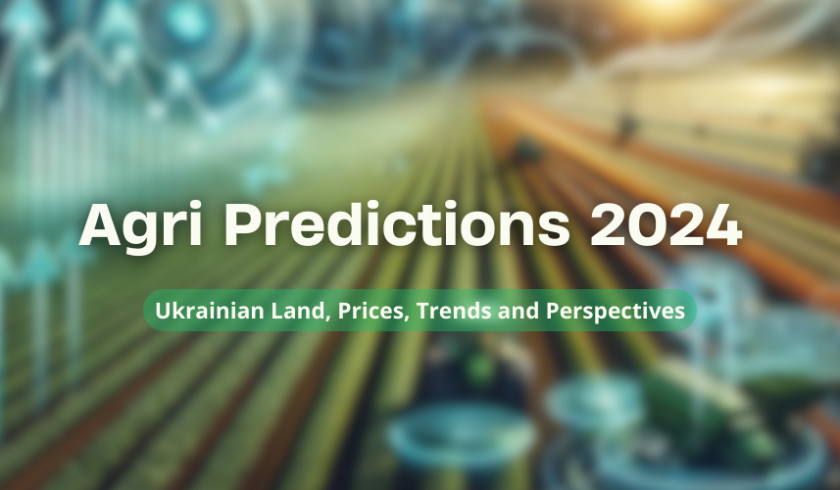
The last two years have been marked by uncertainty, losses, the search for solutions, and new opportunities. Issues with logistics, partially destroyed infrastructure, mined fields, currency fluctuations, difficulties in exploring new markets, and the loss of traditional markets are just some of the challenges faced by Ukrainian agrarians. However, new prospects, professional optimism, daily work, and timely rain are helping to overcome these obstacles.
What can agrarians expect in 2024? Will there be a rise in land prices following the introduction of the second phase of land reform? Which crops have Ukrainian farmers chosen for the season? How do global trends, Euro-integration processes, and the redistribution of logistic routes affect the agricultural product market? What will be the situation with fertilizers, plant protection products, fuel, and transportation tariffs? What government initiatives will help improve the situation in the Ukrainian agricultural market?
Land: A Source of Life and Capital
The year 2024 began with the implementation of the second phase of land reform. Now, legal entities can purchase up to 10,000 hectares of land, bringing major players to the market.
According to the Ministry of Agrarian Policy, only 1% of land has been sold since the market opened on July 1, 2021, with 99.5% remaining in agricultural production. Since early 2023, the average land price has increased by 10.4%, reaching 38,500 UAH per hectare, increasing the market capitalization of agricultural land by 115.1 billion UAH.
Agriculture Minister Mykola Solsky believes that there won't be a significant jump in land prices due to the right of first refusal regulating the market. He predicts this situation will continue into 2024.
Andriy Vadatursky, CEO of NIBULON, also does not expect significant demand in the land market, noting that it could be stimulated by the investment interests of players. He discussed this in the Forbes project "Business Breakfast with Volodymyr Fedorin."
 Andriy Vadatursky, CEO of NIBULON
Andriy Vadatursky, CEO of NIBULON
"I personally do not expect a major impact, but the value of land for those who want to sell will increase. To what extent – we will see. Through competition, the 'appetite' for investment, but these are more investments. It has nothing to do with operational activities. After all, today it is necessary to consider the cost of production, logistics, and what profit the company that leases the land will receive. So, there is a land market as an investment, and there is a land lease market."
Grain: Paths Forward
High food prices globally motivate farmers to grow more grain and oil crops. However, global analysts predict that supplies might decrease in 2024 due to El Niño, export restrictions, and increased biofuel requirements, as reported by Reuters.
"The grain supply situation has definitely improved in 2023 thanks to larger harvests in some key regions of the world. But we are not out of the woods yet. We have an El Niño weather forecast at least until April-May. Brazil will almost certainly produce less corn, and China is surprising the market by purchasing larger volumes of wheat and corn on the international market," noted Ole Hou, Director of Consulting Services at IKON Commodities in Sydney.
El Niño caused drought across much of Asia last year and is expected to continue until mid-summer 2024.
According to the Ukrainian Grain Association, more than 2.5 billion tons of grain are produced worldwide, with Ukraine growing over 80 million tons this year. Ukraine accounts for about 5-6% of the global grain market in absolute trade terms, with plans to export 50 million tons of grains and oilseeds and about 10 million tons of vegetable oils and meal this year.
Oilseeds: Undeniable Advantages
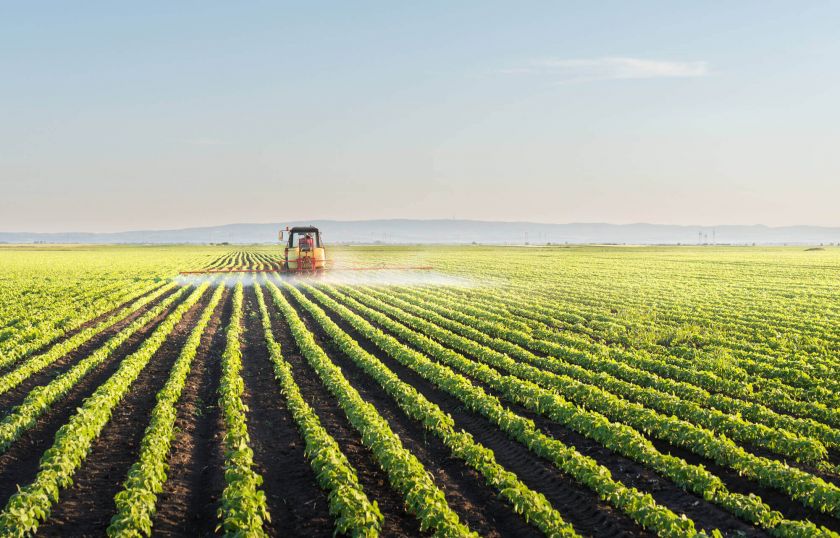
In 2023, Ukrainian farmers harvested 4.8 million tons of soybeans, 4 million tons of rapeseed, and 13 million tons of sunflowers. This trend is expected to continue into the next year.
Experts predict good profitability for soybeans. If high export rates continue, a shortage could occur in the second half of the 2023/2024 season, prompting action from exporters and processors.
Sugar Boom
For the second season in a row, a global sugar deficit of about 1.5 million tons is observed, continuing into the 2024/2025 marketing year.
Oilseeds: Undeniable Advantages
In 2023, Ukrainian agrarians harvested 4.8 million tons of soybeans, 4 million tons of rapeseed, and 13 million tons of sunflower.
 Taras Vysotsky, First Deputy Minister of Agrarian Policy and Food of Ukraine
Taras Vysotsky, First Deputy Minister of Agrarian Policy and Food of Ukraine
"This year, we have already observed that the share of planted oil crops, namely soy, sunflower, and rapeseed, has increased. This was primarily related to expensive logistics. We are observing this trend in the plans of agrarians for the next season as well."
Fertilizers, Fuel, and Plant Protection: Monitoring Fluctuations
Agrarians are also trying to save on "chemistry," with expenses for plant protection products, fertilizers, and micro-fertilizers in 2024 expected to be significantly lower due to reduced prices of oil, natural gas, active substances, formulations, and logistics.
The situation with fuel and lubricants will depend on the oil and currency markets, but the 2022 scenario of soaring numbers and shortages is not expected to recur.
Marketing expert Alex Slosser believes that 2024 will be a period of active use of marketing indicators to promote Ukrainian products in the global markets. According to him, focusing on marketing indicators will help attract the attention of B2B clients and investors, contributing to the growth of the Ukrainian agricultural sector.
 Alex Slosser, co-owner of Holden
Alex Slosser, co-owner of Holden
"Considering the current challenges and opportunities that are opening up for the Ukrainian agricultural sector, the active use of marketing indicators becomes a necessity. This will allow not only to effectively promote our products in global markets but also to attract the attention of B2B clients and investors."
PPP, Fuel, and Fertilizers: Monitoring Fluctuations
The trend of reducing expenses on plant protection products (PPP) continued even before the full-scale invasion. And now, agrarians are also trying to save on "chemicals."
During 2024, agrarian expenditures related to the purchase of PPP, fertilizers, and micro-fertilizers promise to be significantly lower than before. This is due to falling prices for oil, which is a raw material for the production of many products, as well as for natural gas. Prices have also dropped for active substances and formulations, as well as for logistics. As a result, the profits of agrochemical manufacturers are decreasing.
Experts believe that there might be a slight increase in PPP prices during the year, as the market has already stabilized and a certain price increase is observed.
Customs issues have delayed the import of fertilizers from abroad.
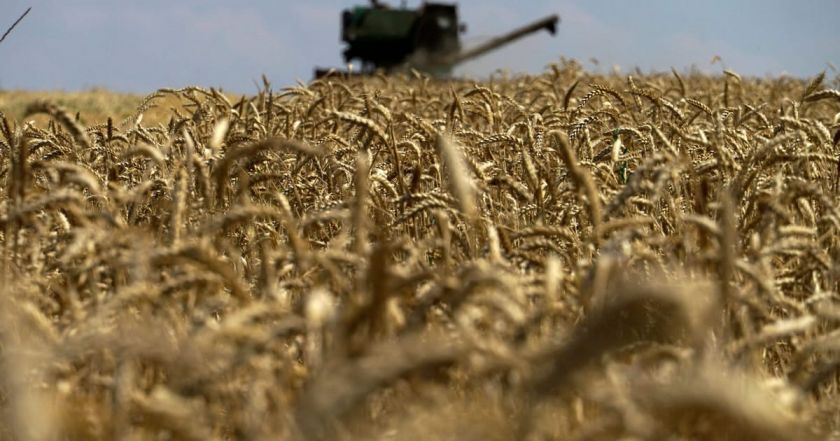
Since January 1st, the State Customs Service of Ukraine does not clear fertilizers that have not passed laboratory tests for compliance with declared classification codes, the presence of precursor content, and the "Russian trace" in their production.
Market participants indicate that this could lead to additional costs for importers and disruptions in the delivery timelines of fertilizers to Ukrainian agrarians, and possibly to an increase in fertilizer prices on the Ukrainian market.
A survey conducted by the Ministry of Agrarian Policy last summer showed that the issue of fertilizer application is one of the most sensitive for agrarians. Only large and medium producers are ready to use them in full. In particular, it is expected that the level of fertilizer application will be at twice less than the agronomic need (47%). The expected level of application of plant protection products for the 2024 winter crop harvest is projected at 56% of the need. Only 10% of respondents are ready to use fertilizers at 100% of the need, and plant protection products at 18%.
Prices for fuel and lubricants will depend on the state of the oil and currency markets, but the situation from 2022 with soaring figures and shortages will not repeat.
What awaits Ukraine in the EU?
Recently, a decision was made to start negotiations with Ukraine regarding its membership in the European Union. Since the beginning of the war, Ukrainian agrarians have received preferences from Europe in the form of the abolition of tariff quotas.
Last year, despite support from Europe, panic arose among agro-producers. Farmers from Poland, Slovakia, and Romania began blocking Ukrainian borders.
"The protection of the agri-food market and preparing it for competition with Ukraine is the biggest challenge facing Polish agriculture after Ukraine's entry into the EU," wrote the publication Tygodnik Rolniczy.
However, the issue of exporting Ukrainian agro-products is more political than economic. Deputy Minister of Agrarian Policy and Food of Ukraine, Markiyan Dmytrasevych, believes that Ukraine's impact on world prices is not as significant as, for example, changes in harvest forecasts in Brazil or Argentina.
Demining: The Scale of the Problem
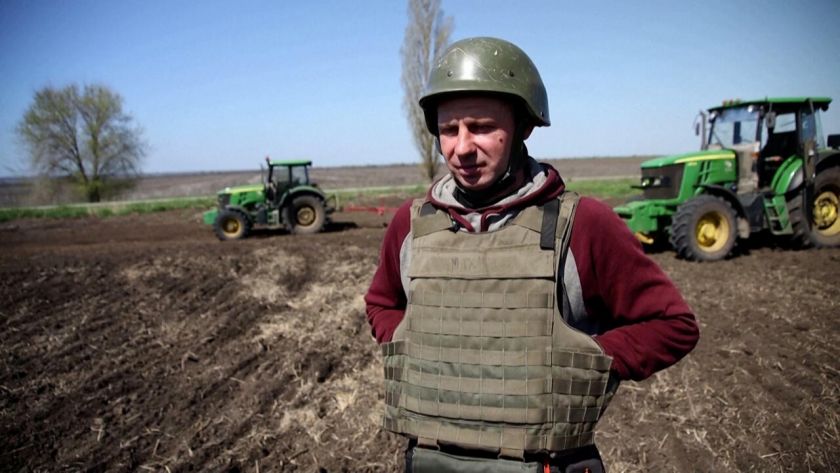
The state budget for 2024 allocates 3 billion hryvnias for compensations to agrarians and other landowners for demining services.
"The goal remains unchanged - to bring 80% of the potentially mined areas into operation in less than 10 years. To achieve this, we will involve innovative developments in demining, create joint production of demining equipment with partners, train specialists, and develop the market of mine action operators," - Denis Shmygal, Prime Minister of Ukraine.
As the Prime Minister noted, last year, after surveying and clearing mines, over 200,000 hectares of agricultural land were returned to use.
The total area of lands requiring surveying in the de-occupied territories is 2.4 million hectares. However, considering the 20-kilometer zone from the front line, 1.6 million hectares are available for non-technical survey (NTS), reported Andriy Demyanovich, founder of the company Feodal.
In 2024, Ukraine plans to develop its own production of demining equipment. According to the First Vice Prime Minister - Minister of Economy Yulia Svyrydenko, international partners plan to allocate $244 million and special equipment to Ukraine for humanitarian demining.
In particular, the Swiss company Global Clearance Solutions (GCS) promises to deliver 60 demining platforms to Ukraine by mid-2024.
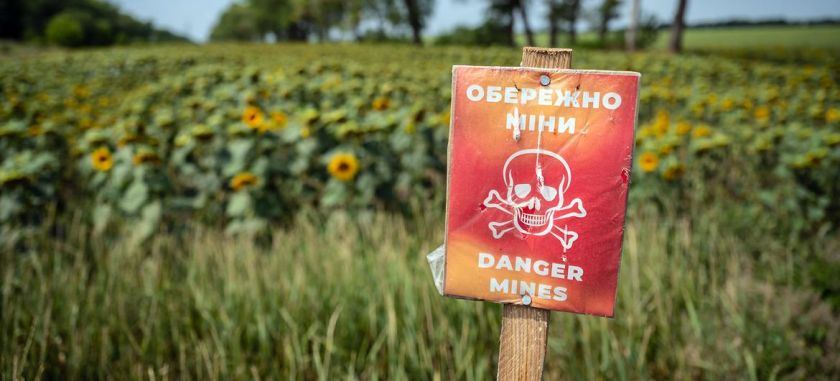
NIBULON became one of the first to receive the right to non-technical inspection. The company has also started the process of certification for manual demining, technical demining, and clearing territories from the consequences of military operations.
Financial institutions also participate in the demining of agricultural lands. Recently, "Oschadbank" introduced a new program "Sowing without Mines," allowing agrarians in de-occupied territories and in areas close to combat operations to receive up to 150 million hryvnias of credit to pay for services of certified mine action operators. "Ukrgasbank" is also launching field demining financing as part of the "Affordable Loans 5-7-9%" program. The effectiveness of these programs will be evaluated over the year.
